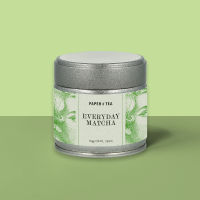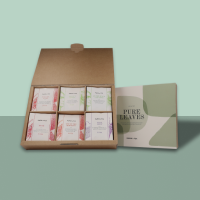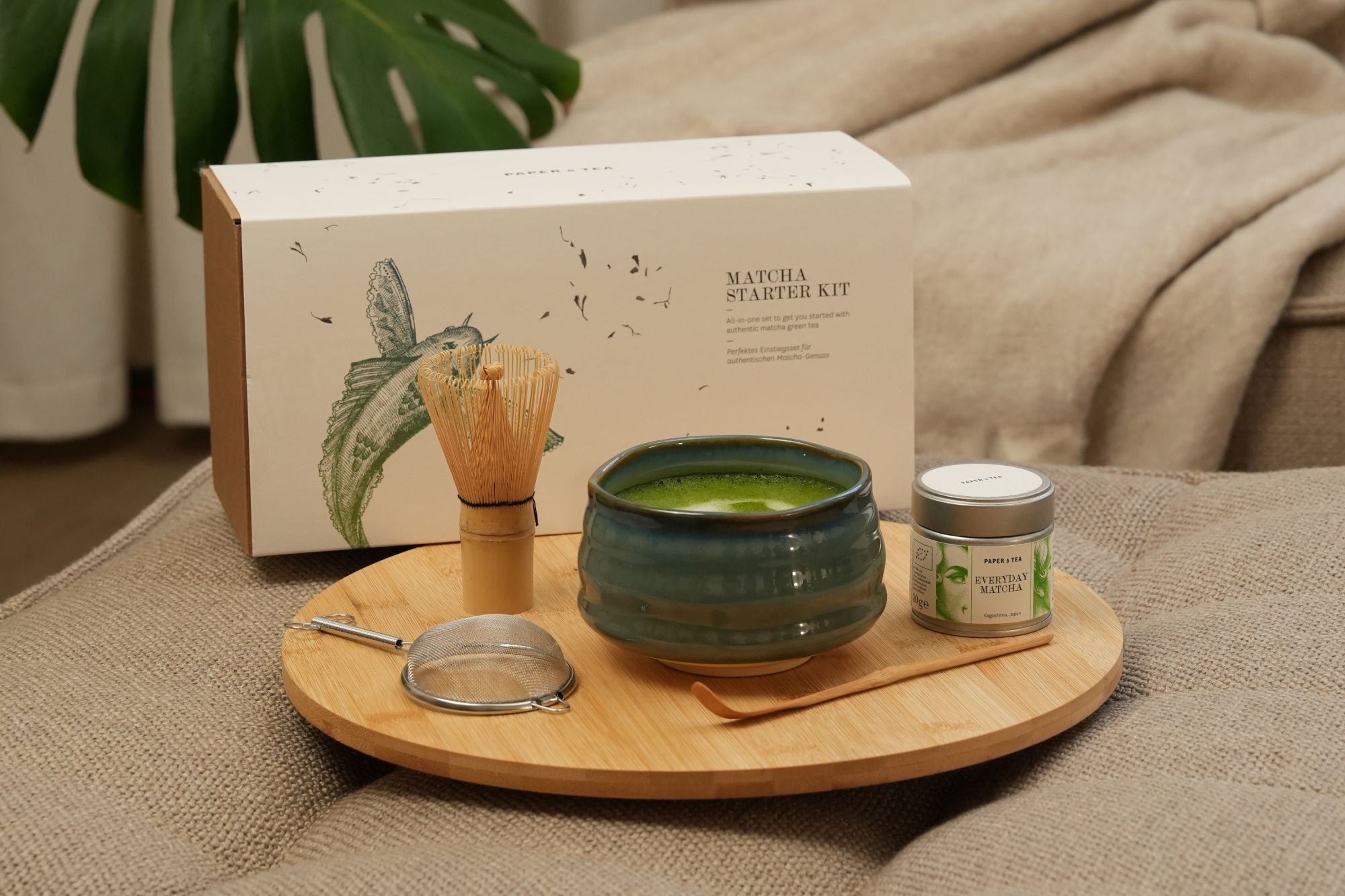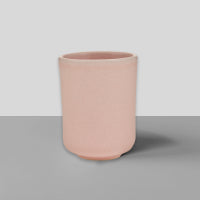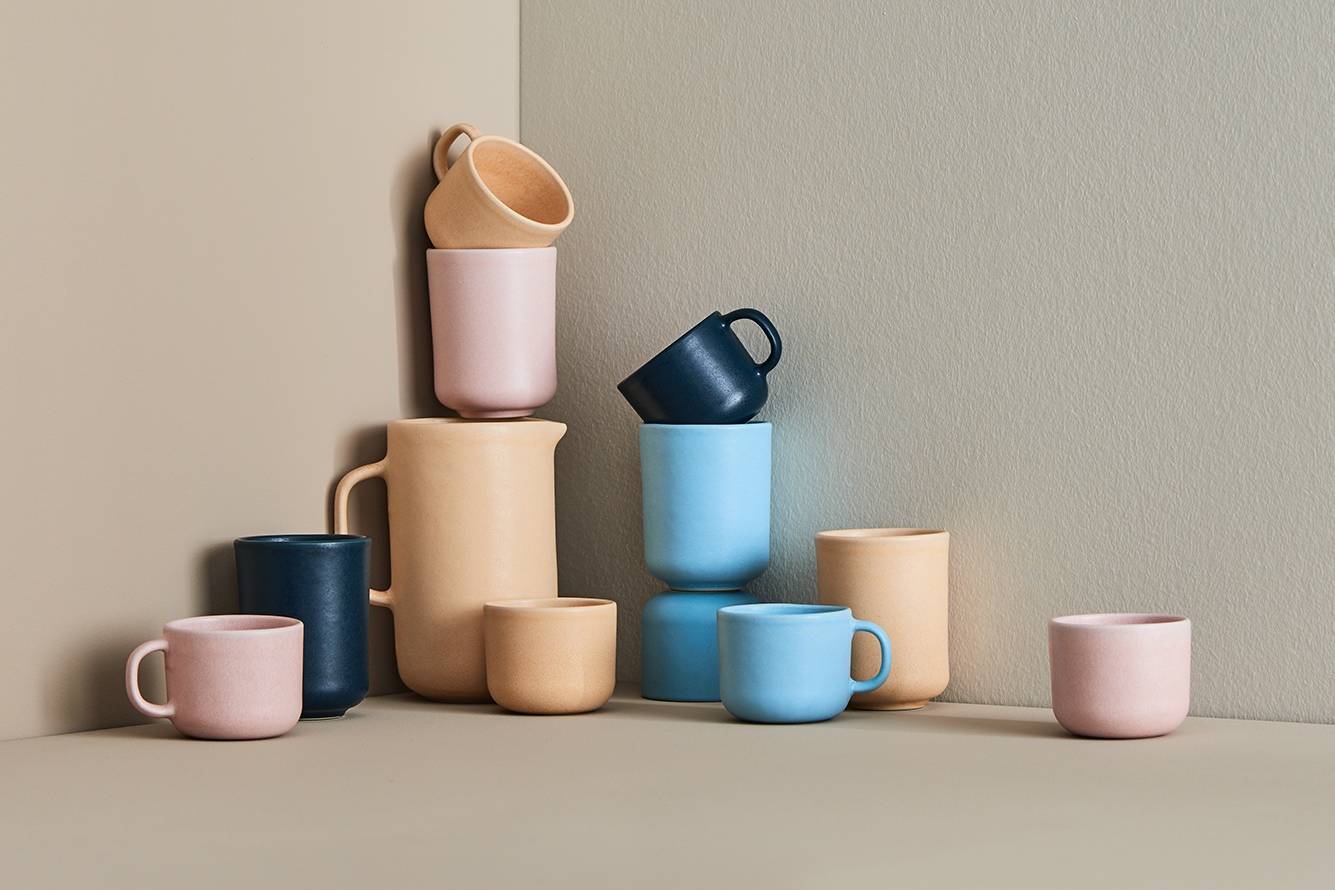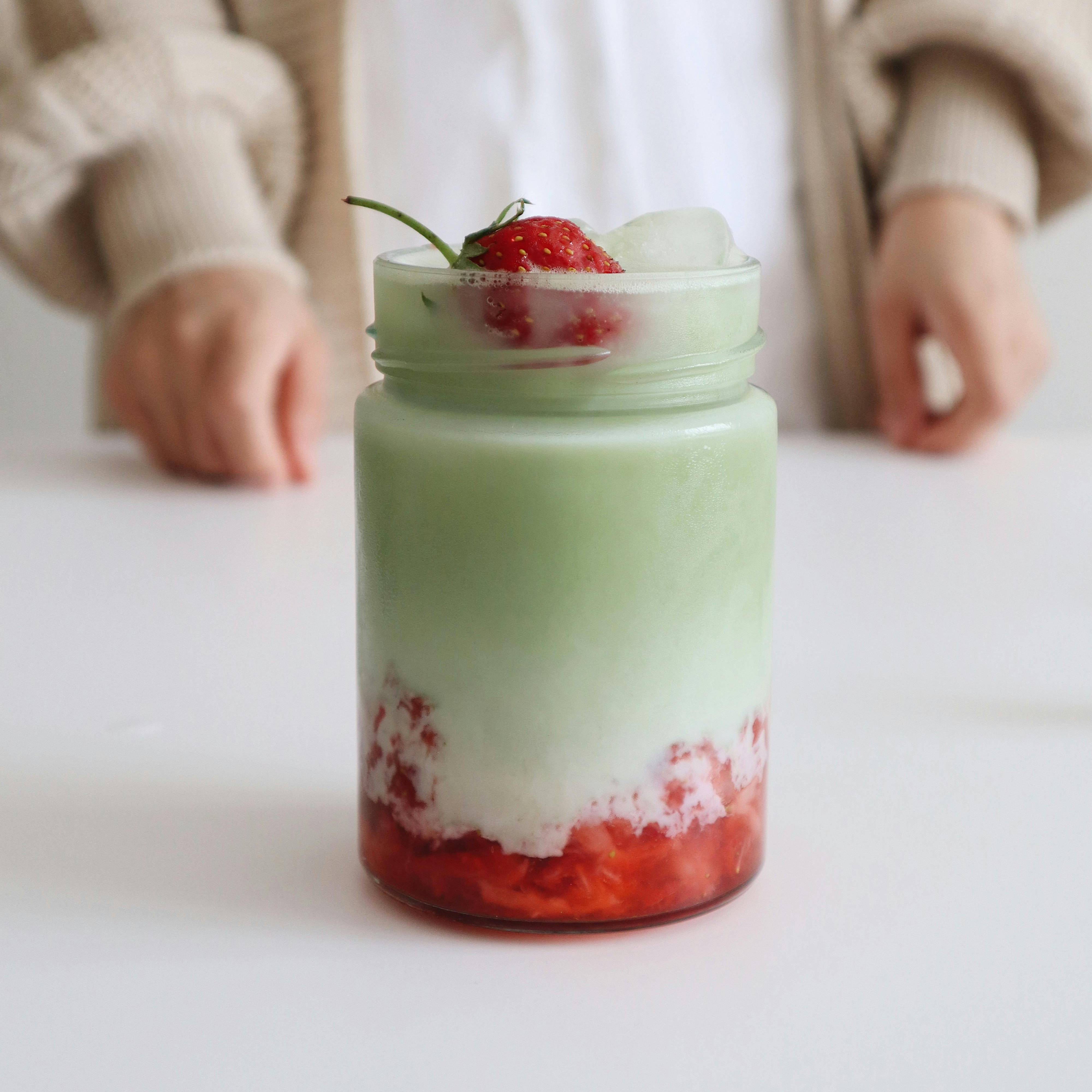Tea is so much more than just a drink. For thousands of years, it’s been enjoyed across a variety of cultures. Its origins and effects are surrounded by countless legends. From the invention of the tea bag to the world’s oldest tea trees and the most expensive tea ever sold, we’ve gathered 10 fascinating, curious, and surprising facts that are sure to amaze you!
- Fact 1: All teas have the same origin
- Fact 2: The tea bag was invented by accident
- Fact 3: Earl Grey is named after a real person
- Fact 4 What is the world’s most expensive tea?
- Fact 5: Tea is money
- Fact 6: Some teas are grown in the shade
- Fact 7: Tea comes in many different shapes
- Fact 8: Where does tea actually come from?
- Fact 9: Making Matcha is incredibly labor-intensive
- Fact 10: “Chai” means “tea”
Fact 1: All teas have the same origin
Whether it’s white, green, black, or Oolong tea: Believe it or not, all tea varieties come from the same plant – Camellia Sinensis! The countless variations arise solely from how the leaves are processed.
Fact 2: The tea bag was invented by accident
In 1904, American tea merchant Thomas Sullivan packed his samples in small silk bags to send to his customers for them to try. But instead of opening the bags and putting the tea leaves in the pot, the customers accidentally steeped the tea along with the bags — and the tea bag was born!

Fact 3: Earl Grey is named after a real person
Many legends surround how it came to bear the Earl's name. One of them goes like this: In the early 19th century, Sir Charles Grey, the British Prime Minister at the time, received a black tea flavored with bergamot as a gift. It quickly became popular and remains known by his name to this day.
Fact 4 What is the world’s most expensive tea?
It’s an Oolong: At an auction, a dark Oolong called Da Hong Pao sold for a record-breaking $1.2 million!
Fact 5: Tea is money
Tea was so valuable in ancient Asia that it was used as currency. The leaves were pressed into bricks weighing 1–2 kilograms, with the value stamped onto them.
Fact 6: Some teas are grown in the shade
Premium Japanese teas like Matcha or Gyokuroare covered with nets or mats before harvesting. This process boosts chlorophyll production and reduces bitterness.

Fact 7: Tea comes in many different shapes
While whole leaves are probably the most common, tea can also take the form of small pearls (as seen in Oolong), stems, powder like Matcha, or even pressed cakes like Pu-Erh tea.
Fact 8: Where does tea actually come from?
The Chinese region of Yunnanis considered the “cradle of tea”. Here, you’ll find tea trees over 3,000 years old! This is also where our Yunnan Gold and Golden Earl are grown.

Fact 9: Making Matcha is incredibly labor-intensive
It takes an hour to grind just 30 grams of Matcha powder!
Fact 10: “Chai” means “tea”
“Chai,” the word for the popular spiced Indian tea, simply means “tea.” It comes from the Chinese word chá (茶), which also means tea. Many Japanese teas also include the word “cha” in their names: Sencha means “steamed tea,” Hojicha translates to “roasted tea,” and Genmaicha, the green tea mixed with roasted rice, simply means “brown rice tea.”

